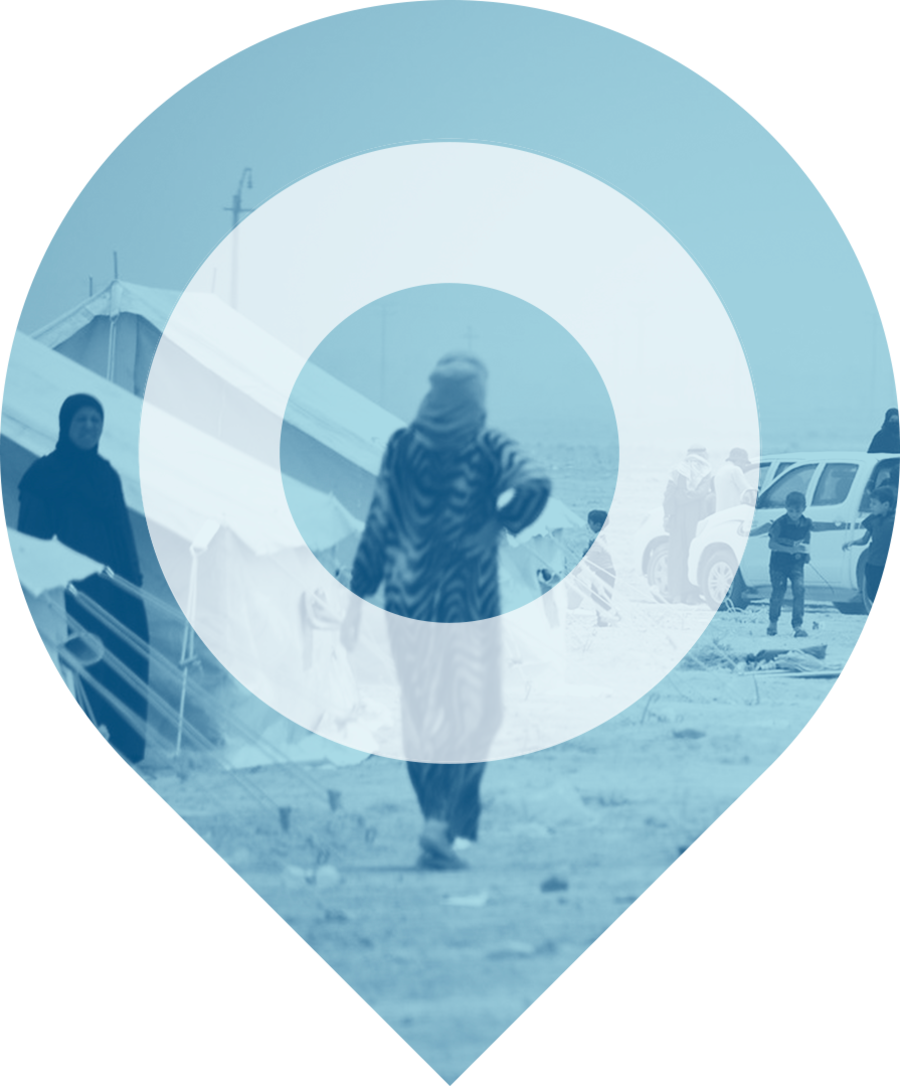Weekly
highlights
Every week, we publish new highlights on recent humanitarian developments to enable crisis responders to prioritise based on the needs of affected populations.
15/05/2024
Palestine
By 13 May 2024, nearly 360,000 people had fled Rafah amid the continuing Israeli bombardment and following the Israeli evacuation order issued on 6 May for parts of eastern Rafah to relocate northwest to Mawasi, an area that Israel had designated as a ‘safe zone’. Mawasi, home to around 64,000 people before 7 October 2023, is a narrow strip of land spanning 1km in width and less than 13km in length. Before the evacuation order, it was sheltering over 400,000 people, far exceeding its capacity. The area has nine sites for displaced people, with three clinics and six warehouses. It lacks the necessary infrastructure to shelter a huge number of displaced people and is itself facing frequent bombardment by Israel. The recent evacuation order places a total of 76% of the Gaza Strip under evacuation orders. (UN 13/05/2024, Euro-Med Monitor 08/05/2024, OCHA 06/05/2024)
14/05/2024
Ukraine
On 10 May 2024, Russian forces launched a cross-border offensive in Kharkivska oblast. Settlements near the border are under increased shelling, especially Vovchansk town. By 15 May, the offensive had killed at least eight civilians and injured 35. An estimated 8,000 people, including more than 600 children, had evacuated from frontline and border hromadas. Over 14,000 people (out of 60,000) were estimated to have fled from Derhachivska, Lypetska, Starosaltivska, Tsyrkunivska, Vovchanska, and Zolochivska hromadas. Humanitarians and volunteers transported 2,100 civilians to Kharkiv city, who registered at the city’s transit centre. Another 1,700 registered after self-evacuating. Needs include hygiene supplies, clothes, bedding, and other everyday items, as well as cash assistance and mental health and psychosocial services. Many, especially older people, waited until the last moment to evacuate and left behind phones and documents. Attacks on critical infrastructure disrupted electricity access for 200,000 families. (OCHA 14/05/2024, OCHA 15/05/2024, IRC 13/05/2024)
13/05/2024
Afghanistan
From 10–11 May 2024, heavy rainfall and flash floods hit northeastern Afghanistan, affecting 21 districts across Badakhshan, Baghlan, and Takhar provinces, with Baghlan facing the most impacts. The disaster has displaced an unknown number of people, who need emergency shelter, food and NFIs, medical supplies, safe drinking water, and hygiene kits. By 14 May, at least 330 people had died from the impact, the majority of whom were in Baghlan province. By 12 May, the floods had destroyed or damaged nearly 9,000 homes. Civilian infrastructure, such as key health facilities and water supply systems, has sustained significant damage. Flooding has also affected agricultural land and livestock. Some access restrictions from road damage are likely to hinder aid delivery. (OCHA 12/05/2024, ECHO 14/05/2024, FloodList 13/05/2024)
latest publications

Global analysis
Situation by country
We provide live updates of countries with existing humanitarian crises or prone to disasters.


